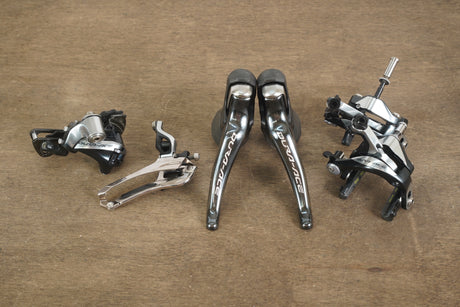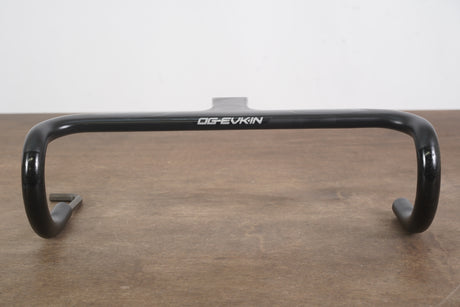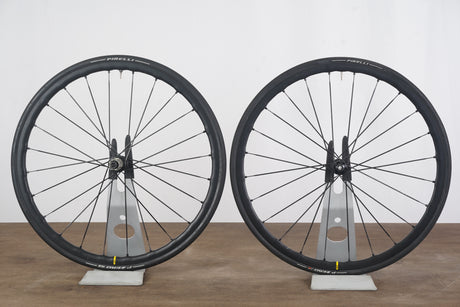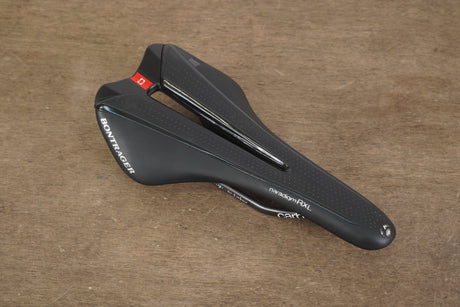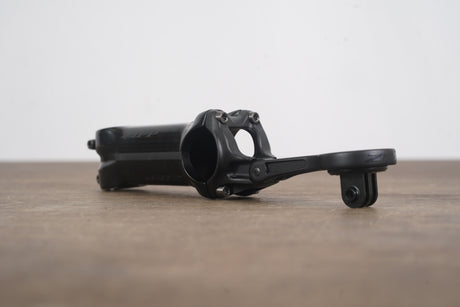Many cyclists ask themselves: can you feel the difference with lighter wheels? The answer is yes—and the change can be dramatic, especially in how your bike accelerates, climbs, and handles. But the real value depends on where and how you ride.
How Lighter Wheels Change Your Ride
- Acceleration Boost – Because wheels are rotating weight, even small reductions in grams make your bike feel quicker when you sprint or accelerate.
- Climbing Efficiency – On steep hills, lighter wheels mean less effort per pedal stroke, helping you maintain speed with reduced fatigue.
- Sharper Handling – Less mass at the rim makes steering more responsive, giving you more confidence when cornering or descending.
Where the Difference Is Most Noticeable
You’ll feel the biggest gains with lighter wheels in hilly terrain, during repeated accelerations, or on long rides where energy savings add up. On flat, steady rides, the benefit is still there, but aerodynamics can sometimes outweigh the effect of reduced weight.
Why Cyclists Upgrade
Upgrading wheels is often the first major performance investment riders make after a bike purchase. Unlike frame or groupset changes, wheels instantly change the way a bike feels—making it livelier, more agile, and easier to push when it matters most.
FAQs
1. How much lighter do wheels need to be to notice a difference?
Even a 200–300 gram reduction can feel significant, especially in acceleration and climbing situations.
2. Do lighter wheels make you faster overall?
They improve responsiveness and climbing efficiency, but on flat terrain, aerodynamic gains can have a bigger impact than pure weight savings.
3. Are lighter wheels worth the cost?
If you ride hills, race, or want a more responsive bike, lighter wheels are one of the best upgrades you can make.

